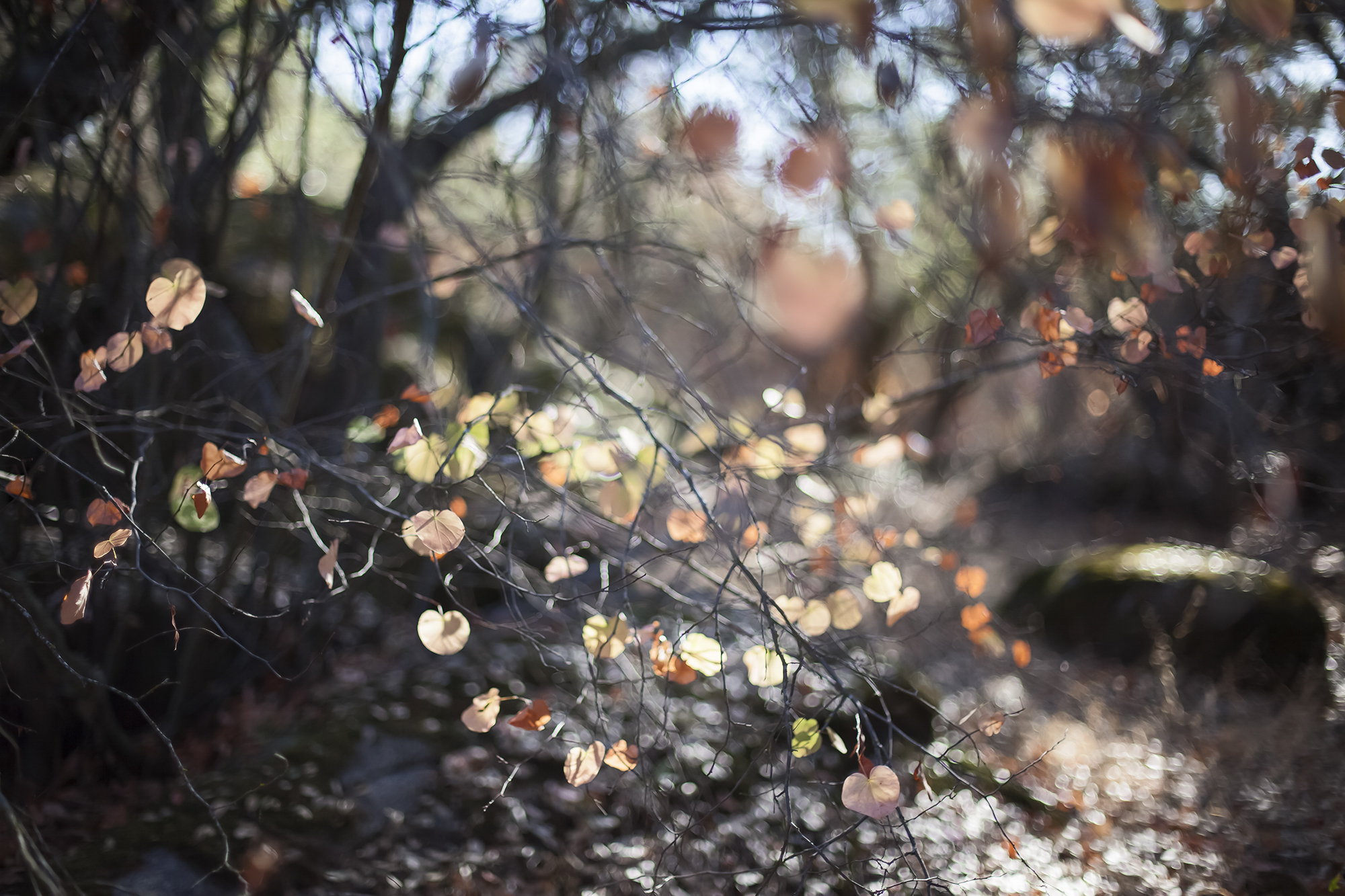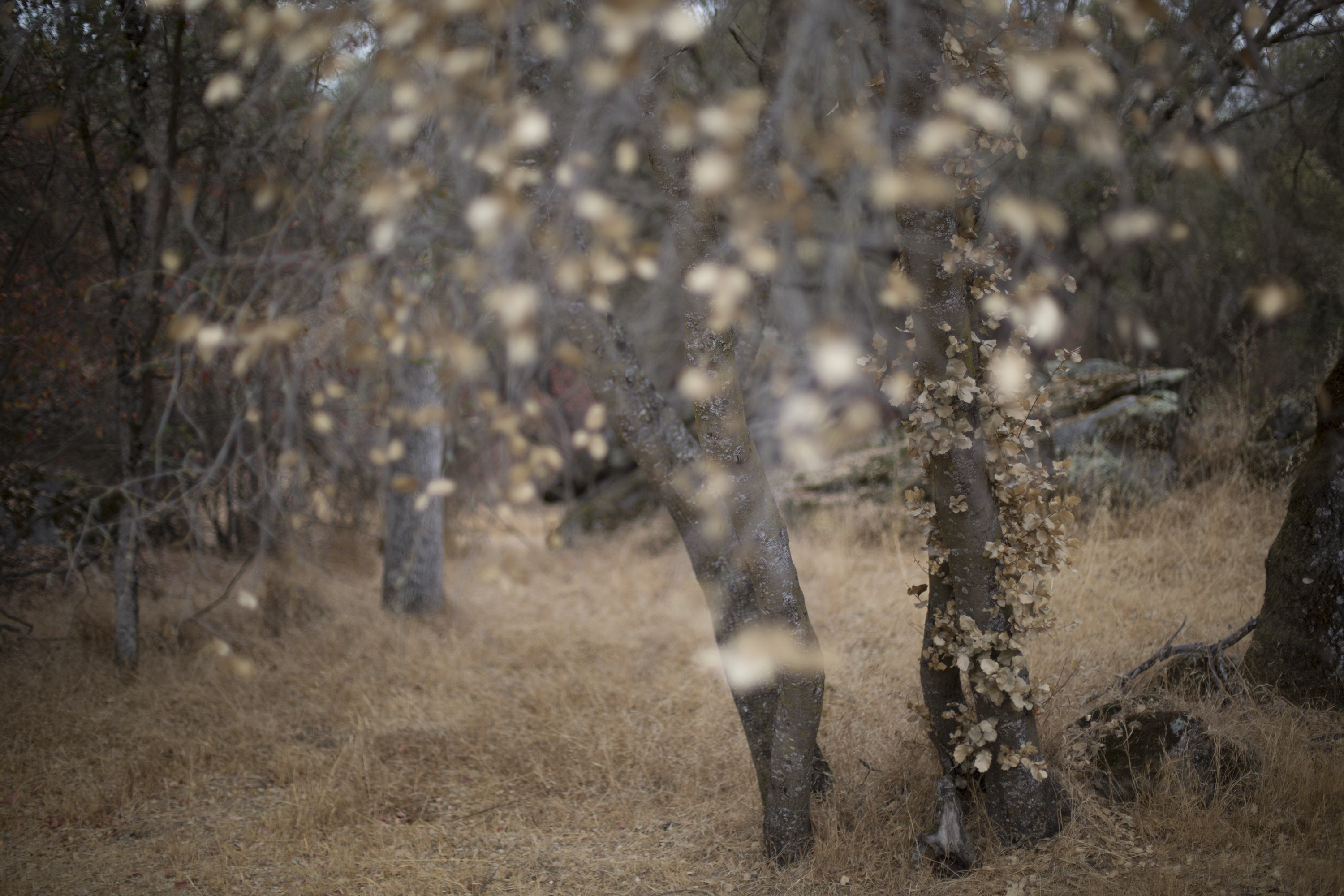Barbara Kyne’s exhibition at Oakland’s Krowswork Gallery, A Crack in the World, peeks into a world that most people would assume is impossible: the lived experience of plants. At least, it’s a glimpse at the possibility of a plant’s lived experience, visualized by Kyne through photographs that play with this unexpected notion to a startling, gorgeous effect.
The artist wonders “what the consciousness of plants might be,” and uses digital photography (though not digital alterations) to explore that question, according to exhibition materials. Though this query might seem wildly abstract or even too unimaginable to attempt (after all, plants don’t have eyes), the photo series manipulates lens-based vision to create multiple, slightly distorted vantage points that feel non-human. It’s oddly convincing.

Through playful exploration of depth of field, the photographs in A Crack in the World shift human vision into an extraordinary terrain, one where Kyne and her camera revel. Kyne perceives her relationship with the camera as one that interlocks, forming a “camera-being” — a hybrid experience to which many photographers can likely relate. But it’s not only Kyne’s connection to her camera that comes through the work: it’s a connection to plants as other living things. By putting my gaze (her own gaze) into a plant’s shoes — or rather, roots — Kyne’s work transported me into a deeper visual empathy for the greenery underfoot.
If trees had eyes, the leaves in A Crack in the World #28 are like hair falling across one’s face, and the branches appear the same way a human might ignore the limbs of her own body while concentrating elsewhere: appendages that are visible, yet not in focus.

An image that clearly resulted from the photographer laying in a field gives the impression that, instead, the view point is from one of the flowers gazing upwards and around at its compatriots. Again, a play on depth of field differentiates between subject and surroundings. In this case, a flower’s community simply cohabitates nearby, like a loved one on the couch next to you while you’re both mentally engaged elsewhere.





